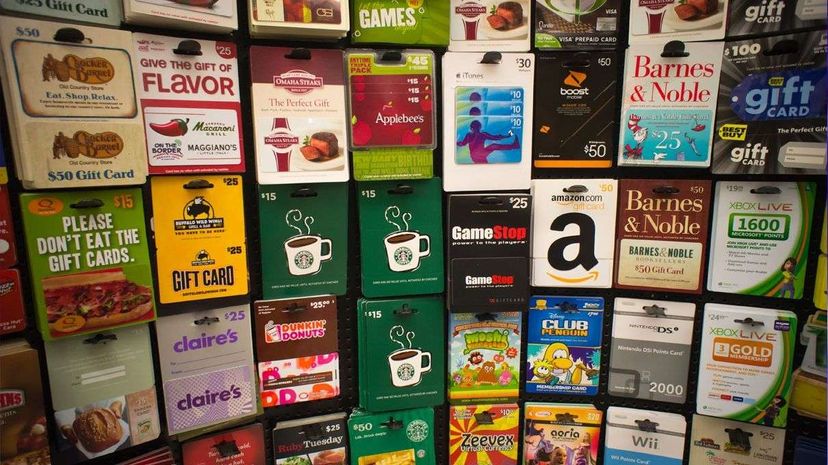
The Wall Street Journal revealed on June 1 that Starbucks holds as much money for its customers as a bank — and not even a small bank. Starbucks gift cards and mobile debit accounts stored $1.2 billion in customer funds during the first quarter of 2016. According to Shane Ferro on the Huffington Post, "that amount of deposits would make it a respectable midsize institution." Industry numbers put it somewhere between The Bancorp ($2.68 billion) and Mercantile Bank ($680 million).
Starbucks has pretty much mastered the prepaid realm. On Christmas Eve 2014, Starbucks sold almost 2.5 million gift cards in the U.S. and Canada alone. The company says one in seven Americans received a Starbucks card for the holidays that year. It’s "Starbucks’ secret sauce," writes James Sullivan on The Motley Fool — a wildly successful networking of gift cards, mobile debit app and customer loyalty program that’s creating a prepaid empire.
Sharing the Spoils
Starbucks is noteworthy, but it’s not alone. U.S. consumers bought 2 billion gift cards in 2014, "depositing" a total of $124 billion in businesses like Visa, American Express, Amazon, iTunes, Walmart and Target, all of which sold more gift cards than Starbucks that year, according to CardHub.
And of that $124 billion, $750 million, or 0.6 percent, was never redeemed. The industry jargon is "breakage" — money left on gift cards indefinitely, which the issuers eventually claim as revenue. It’s a huge moneymaker. In 2008, the year before the CARD Act established new regulations for expiration dates and fees, gift-card breakage was about $7 billion, or roughly 7 percent of total purchases.
People leave so much money on gift cards that the Financial Accounting Standards Board issued an update in 2014 to offer clearer guidelines on what to do with it. Abraham Fried, Mark P. Holtzman and Aliza Rotenstein write in the Journal of Accountancy that "Financially, a gift card is essentially an interest-free loan from the consumer to the retailer" — but it’s a loan that may never come due. Accountants weren’t sure when they could move the unredeemed value of a gift card from the liability column to the revenue column.
That move, notes Sullivan, "helps with margins."
"A person with a $100 gift card may purchase a $98 item and throw the card away," he writes. "When this happens, the retailer delivered $98 of products for $100 in revenue."
The fact that 65 percent of people end up spending 38 percent more than the card’s value probably helps with margins, too.
Even More of a Good Thing
The gift-card market will likely continue its rapid expansion. There’s just no downside for businesses, and analysts expect spending to hit $160 billion by 2018.
The digital realm offers plenty of room to grow: Consumers spent $5 billion on e-gift cards in 2013, $5.5 billion in 2014 and $7.1 billion in 2015, and CEB Financial Services projects an $18 billion digital gift-card market by 2018.
Some see the gift card replacing the coupon.
Gift cards have a higher redemption rate than promotional coupons. So instead of receiving, say, a "$4 off your next visit" coupon when your latte comes out soy instead of skim again, you get a $4 Starbucks gift card.
"It feels like free money," a marketing executive explained to CNN Money in 2015, "but you have to go back in and spend it."
Now That’s a Well-guarded Secret
In 11 states, a customer has the right to cash-out a closed-loop gift card—one redeemable only at a specific store — when it drops below a certain balance. It’s $10 in California, $1 in Rhode Island and 10 percent of the face value in Massachusetts.